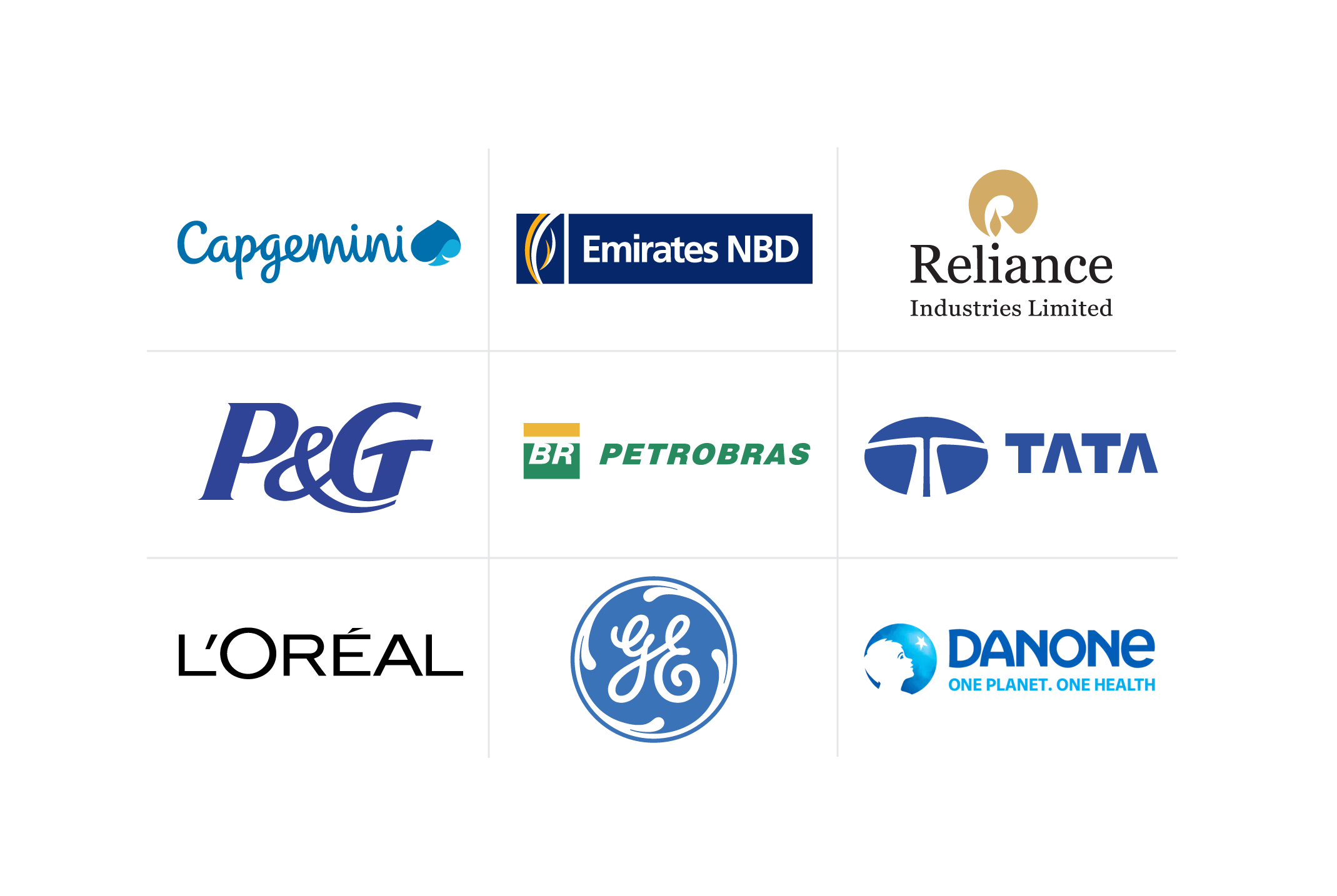Fostering Success: Benefits of a Corporate Learning Community
What is a corporate learning community, and how do professional learning communities support organizational success? Explore the answers and details about the benefits and challenges you may encounter.
![[Featured Image] Members of a company’s professional learning community (PLC) meet in an open office setting with visuals on a bulletin board to collaborate on mastering the skills needed to reach their goal.](https://d3njjcbhbojbot.cloudfront.net/api/utilities/v1/imageproxy/https://images.ctfassets.net/2pudprfttvy6/5j5hL98e6Zf1BbFrvR8N1c/73d389e067ba9210b3292663cdad5353/GettyImages-1569803911.jpg?w=1500&h=680&q=60&fit=fill&f=faces&fm=jpg&fl=progressive&auto=format%2Ccompress&dpr=1&w=1000)
A learning community or professional learning community (PLC) offers a way for people within an organization to work together on a shared goal or specific interest, share knowledge and results, and collaborate. As a member of a learning community, you may have the opportunity to communicate and share knowledge informally, take a course, or receive coaching.
Employees increasingly seek a rich company culture with robust professional development and learning opportunities. According to a Deloitte study, workers are looking for a learning culture where they can learn new skills but with a focus on openness, trust, and guidance [1]. Creating a learning community is one way of doing this. Discover more about the dynamics of a learning community, why it is effective, and the challenges you may encounter when implementing this into your organization.
Understanding the dynamics of learning communities
A learning community is a social learning construct that allows employees to learn by modeling and imitating. It is a fundamental way of learning that starts in childhood and remains relevant in adulthood. Being in the presence of others with the same goals and ideals through a learning community fosters growth, motivation, and positive changes in behavior. Learning communities started in an academic setting as an alternative to the traditional model of learning in isolation. This innovation links courses and students to improve interaction and learning through collaboration, sharing results, and discussion to achieve a deeper understanding.
An example of a learning community in a corporate context could be a group appointed to focus on inclusion and diversity within the workplace. The group may include members from across departments, external agencies, stakeholders, and people from multiple locations if the community is accessible virtually.
Key components of a thriving learning community
To implement your corporate learning community successfully, you’ll need to consider several factors, from establishing clear objectives to finding a platform to use for communication and collaboration. Explore a few of these components below.
Establishing clear learning objectives and goals: For learning to occur, your learning community needs a focus. Consider who the group is for, what learning you hope will occur, and how it might develop as the group progresses. Base your goals and focus on a shared interest so that it motivates and engages the group.
Plan together: A learning community works together as a team of professionals to plan objectives and establish how to measure results. Ensuring everyone is a part of the process and understands the core values is essential for people to feel connected and to share knowledge and ideas.
Use your experts: With a broad cross-section of people in a learning community, you’ll have a wealth of strengths and expertise to draw on for training, mentoring, and Q&A.
Leveraging technology: Having a platform to share ideas, complete training, and communicate is integral to a good learning community. Leveraging technology to do this also allows you to upload and edit information. Platforms like Slack will enable you to engage easily and host courses.
Lead by example: Using management as an example of how to share knowledge, remain open and transparent, and support others is a great way of promoting collaboration and a thriving learning community.

Benefits of implementing learning communities
The benefits of creating a strong learning culture within a corporate environment have been well documented. Empowering people to learn cultivates a growth mindset that becomes part of the company culture. It also helps colleagues work together outside the group, building a strong team that recognizes each other's strengths.
According to the 70-20-10 rule, 70 percent of learning occurs through challenging experiences, 20 percent occurs through developing relationships, and 10 percent comes from formal courses [2]. This plays well to a learning community where the majority of learning happens through the experience of knowledge sharing and collaboration, building relationships with people with the same goals but different expertise, and a small amount through courses.
Challenges in establishing learning communities
Implementing learning communities has challenges and benefits, including a lack of time, communication issues, and uneven participation. In a learning community, some people will invariably contribute more than others. Problems may arise when people don’t engage and, therefore, don’t get the full benefits from the experience. It can also negatively impact motivation and the success of the group.
To improve participation, consider the tools you use to acknowledge involvement in the learning community. Rewards for reaching goals, badges, and credentials for excellent participation in areas can be a great way to recognize contributions.
When rewarding participation, it’s vital to acknowledge that everyone may have slightly different ways of learning and sharing information. Allow everyone to communicate and contribute according to their skill set and abilities to keep the community inclusive.
Measuring the impact of learning communities
Assessing the outcomes of your PLC and tracking its progress can help you determine if learning communities are serving your organization's needs and improving employee performance. You can do this by measuring the achievement of each goal outlined.
For instance, the University of Indiana has a three-point assessment process to assess the value of its learning community in an academic setting. This framework focuses on needs, processes, and outcomes and also measures satisfaction, engagement, learning outcomes, and accountability within those three points [3].
Getting started with Coursera
Establishing a learning community as part of your organization’s overall learning and development plan is an excellent way to embed continuous learning into company culture. If your company would like to explore this route further, consider working on understanding learning paths and learning and development. On Coursera, you’ll find various courses, Professional Certificates, and Guided Projects you can integrate into your corporate community learning strategy, covering anything from IT to learning and development to leadership, available for your whole team.
With Coursera for Business, you can train teams across your organization in the skills that matter most in today’s digital economy. Your employees will gain access to content from 350+ leading universities and industry partners, where they can build real-world experience with innovative skills, tools, and technologies while earning globally recognized credentials. Our customizable, scalable learning solutions balance workplace and technical skills training in diverse formats, from video clips to guided projects and Professional Certificates. Accelerate your digital transformation and equip employees to drive growth with Coursera.
Article sources
Deloitte. “Short On Skills? Rethink Your Learning Approach, https://www.scribd.com/document/692410499/Deloitte-Rethink-Your-Learning-Approach.” Accessed June 18, 2025.
This content has been made available for informational purposes only. Learners are advised to conduct additional research to ensure that courses and other credentials pursued meet their personal, professional, and financial goals.

